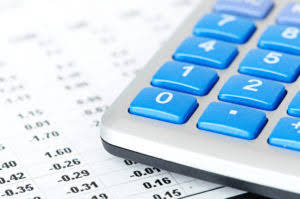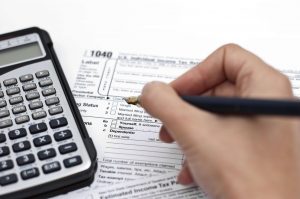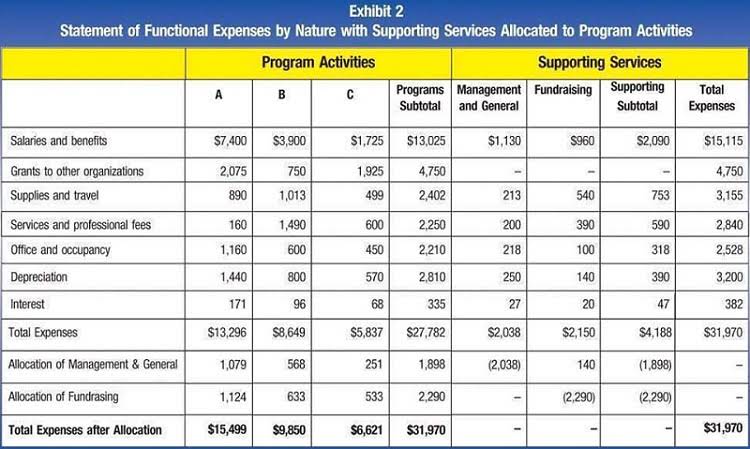
The chart of accounts is the organizational framework upon which all of your financial information hangs. You can think of the chart of accounts as a table of contents for your finances. Just like you would organize a book into different chapters, a chart of accounts organizes your financial transactions into different categories or tabs. Family owned vineyards and winery located on the east shore of Seneca Lake in New York’s Finger Lakes region. It provides real-time insights into inventory levels, helps manage stocks, and alerts you about potential shortages or surpluses. Yes, it can manage customer accounts, track payments, and even aid in creating targeted marketing campaigns.
The Ultimate Guide to Winery Accounting
For this reason, we keep the equity accounts In our winery chart of accounts template, very generic. And even different types of businesses within the same industry will have different accounts. The key is to start with a sound framework, only create the accounts you need, and then build out from there. Deloitte refers to one or more of Deloitte Touche Tohmatsu Limited, a UK private company limited by guarantee (“DTTL”), its network of member firms, and their related entities. DTTL and each of its member firms are legally separate and independent entities.
Major categories of winery costs

Conversely, utilities are usually broken down by actual consumption per production stage, unless all departments are using nearly equal amounts of energy. Knowing the COGS is essential if you want to know the gross profits you earn on different wines. You can take the price of a sold bottle and subtract the COGS to determine the gross profit you earned. Lowering your overall COGS will help increase your profit marge, but there are plenty of considerations to carrying this out successfully. Knowing about strategies such as accrual accounting and smart production account management helps you make confident financial decisions, fueling your winery’s success.
- This feature allows winery owners to capture, process, and track sales orders with ease, enabling the successful execution of the winemaking process.
- The market generally determines what someone is willing to pay for your wine, so the cost of making and selling that wine largely determines how much profit is left over.
- ZarMoney’s expense tracking feature addresses these issues, making it an ideal software for wineries.
- By carefully managing these loans and ensuring they are repaid during peak sales times, wineries can maintain a steady cash flow without incurring excessive debt.
- For example, an S- Corp will have an account for the owner’s salary, which you wouldn’t have in an LLC.
Accounting and bookkeeping built specifically grow unique demands of wineries, only from Protea Financial
In other words, management reports are the diagnostics on your winery’s financial health. Cash-based accounting might seem appealing for its simplicity — you track money when it comes in and when it goes out. However, for a growing winery, accrual accounting delivers a more accurate financial picture. A well-structured chart of accounts will keep your financial reporting clear and accurate. By sorting your transactions in a meaningful way, your financial reports will be more meaningful. Your financial reports will move from being a cluttered mess to becoming a useful tool for planning and making decisions.
Solutions to help your winery grow
The costs of grapes, bulk wine, glass, and other dry goods must be assigned to separate wines and tracked by SKU. While those costs are being accounted for, it’s also vital to track the movement of your inventory. This includes keeping tabs on what materials and labor went into creating specific vintages and blends.
- Liability accounts start with the most current (the ones you have to pay soonest) and move to the more long-term liabilities.
- Note that packaging materials should be applied to the cost of finished goods inventory as used and may be specifically assigned to wines or allocated to all wines bottled in the period.
- If you’re a winery or vineyard taxpayer that isn’t structured as a C corporation, there’s a new 20% QBI deduction available through 2025 for the owners of flow-through entities and sole proprietorships.
- To support this, ZarMoney includes a comprehensive sales order management system.
- Cash is key to grow and expand your business as the industry evolves, especially as businesses look to grow their e-commerce, retail sales, and direct-to-consumer presence.
Understanding Gross Profit Margins
We also like to break income out into different accounts if it has different sales tax treatment. For instance, if some food you sell is taxable and some are tax-exempt, it is a good idea to keep vineyard accounting these two types of revenue in separate accounts. As another example, we keep venue rental separate from other event income, as it is taxed differently by the Washington Department of Revenue.

Simplifying the accounting of the overall business isn’t the only advantage for a winery using the cash method of accounting. Certain rules also allow taxpayers to use simplified methods to account for inventory from a tax perspective. We deliver forward-thinking business solutions, taking time to discern your unique business needs and anticipating how they may be impacted by the changing industry. For this reason, most wineries track and report their wine inventory costs in separate inventory pools such as bulk wine, packaging materials, and finished cased wine. Consistent with best practices, when a wine is sold, the cost of having made that specific wine is recorded as COGS, concurrently with recording the revenue from the sale of that wine. There can be other items that impact COGS specific to the accounting method used as well as other specific business cases that can be discussed further with your CPA.
The up-front investment is pretty incredible, which is why mostly rich folks own vineyards. At any rate, most of these expenditures are capitalized, up to the point when commercial production begins. Join 500+ wine business owners in the know, getting the latest accounting news in the wine business. Based on your winery’s unique requirements, we will customize an accounting solution specifically for you. When calculating labor costs, it can be difficult to pin down the pay of executives and owners to any one specific department, let alone a single vintage.
